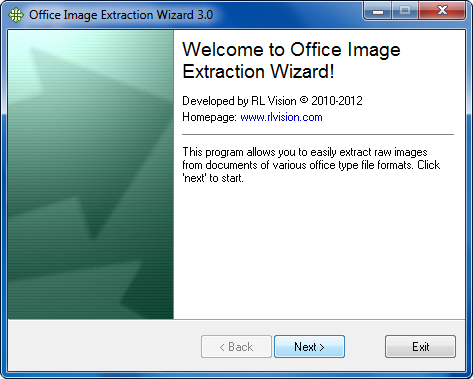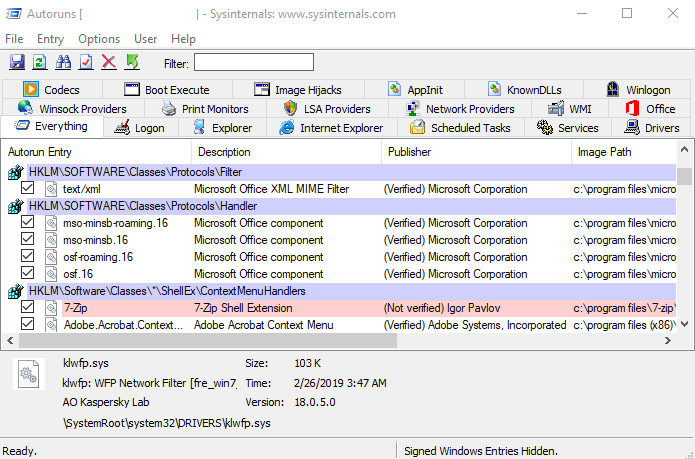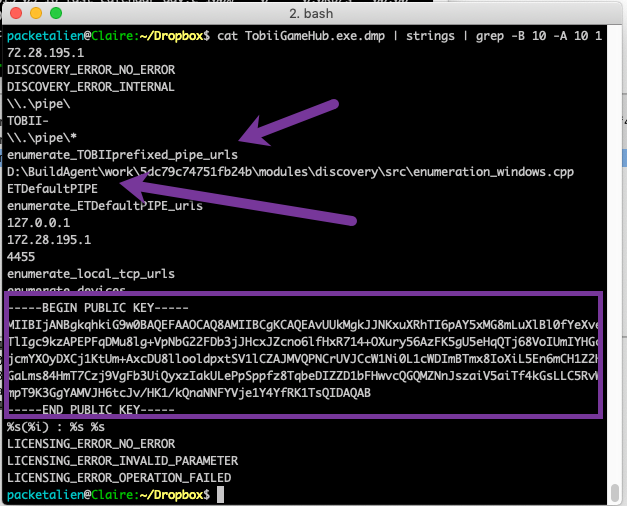

- Most files in sysinternals suite did not open how to#
- Most files in sysinternals suite did not open windows 10#
- Most files in sysinternals suite did not open software#
- Most files in sysinternals suite did not open free#
We will take a look at further examples of running as different users with PsExec a bit later. This PsExec run as system ability allows administrators to perform tasks under special contexts that are not easily achieved using other means. Note the following example of running commands as the Local System account: So, if you receive a PsExec access denied error, you can easily change the context of running PsExec commands. PsExec offers the ability for IT admins to easily run certain commands and troubleshooting tools as specially privileged users, such as the Local System account.
Most files in sysinternals suite did not open how to#
Now that we have a better understanding of what PsExec is and a few of its characteristics, let’s get into how to use PsExec effectively and a few use cases.

The compelling characteristics, ease of use, and functionality makes PsExec extremely versatile, capable and has grown into a tool of choice among Windows administrators for remote command execution. The tools are still currently developed and maintained. The SysInternals tools were the brainchild of Mark Russinovich and Bryce Cogswell.
Most files in sysinternals suite did not open free#
Windows Sysinternals is a suite of tools that contains over 70 free utilities that allow Windows administrators to monitor, manage, and troubleshoot Windows. The PsExec tool is a member of the very well-known Sysinternal’s PsTools suite of tools.
Most files in sysinternals suite did not open software#
An additional benefit of PsExec remote cmd is that it does not require installing client software for remote connectivity on either the host or target client. It will enable the launching of interactive command-prompts on remote Windows systems. It provides remote access to tools that you would not otherwise be able to interact with generally in Windows, such as the IPconfig command. PsExec is a “telnet-like” application that allows executing processes and interacting with console applications without using an entire desktop session. This means of “remotely” administering Windows environments is cumbersome, challenging, and anything but efficient at scale. Unlike Linux, with remote SSH connectivity and other native tools built-in, Windows is limited in its ability to remotely run commands aside from interacting with remote systems using Windows Remote Desktop. Windows administrators have long needed programs to execute remote processes on other systems.
Most files in sysinternals suite did not open windows 10#
What is PsExec? How is PsExec used? Is it installed in Windows by default? How does it work with Windows 10 ? This guide will look at PsExec, the sysadmin’s Swiss Army knife, and see how and why this tool is so valuable.

One such tool that has been extremely popular among Windows administrators is PsExec. However, free tools provide extremely robust remote management of Windows systems, allowing IT administrators to execute commands and other activities remotely. Remote administration has always been a vast space for third-party tools and other utilities to provide capabilities for administering remote Windows systems.

Over the years, Windows administrators have collected and used a wide range of tools that provide capabilities, features, and abilities not natively found in the Windows operating system.


 0 kommentar(er)
0 kommentar(er)
